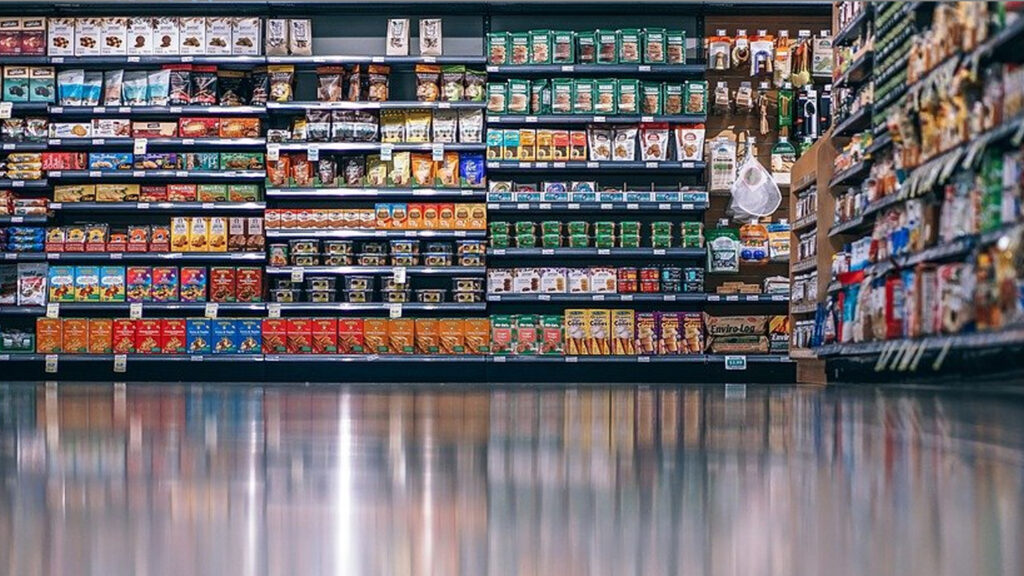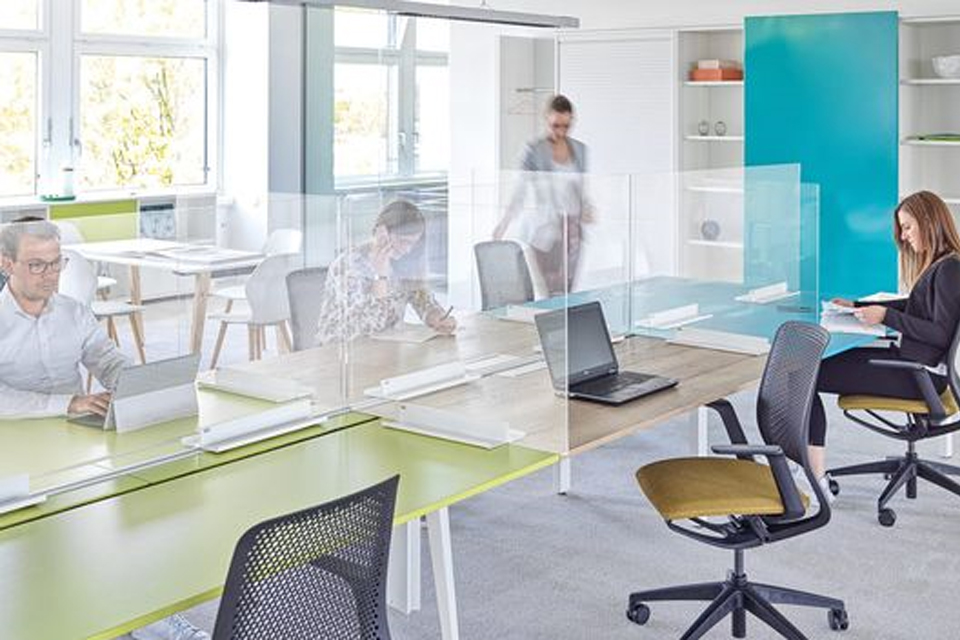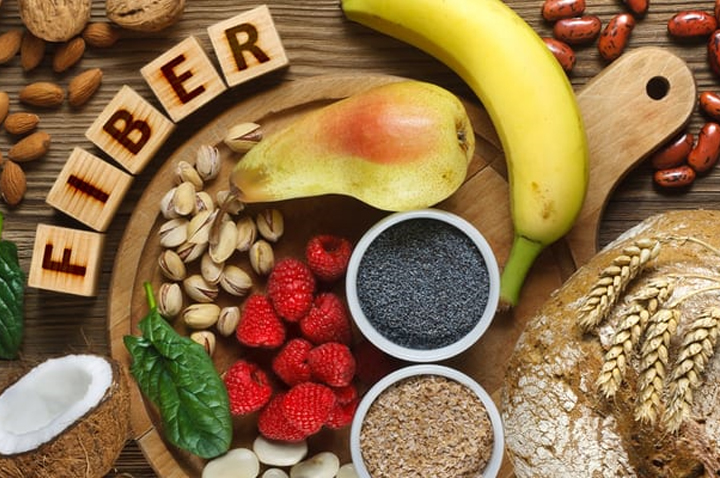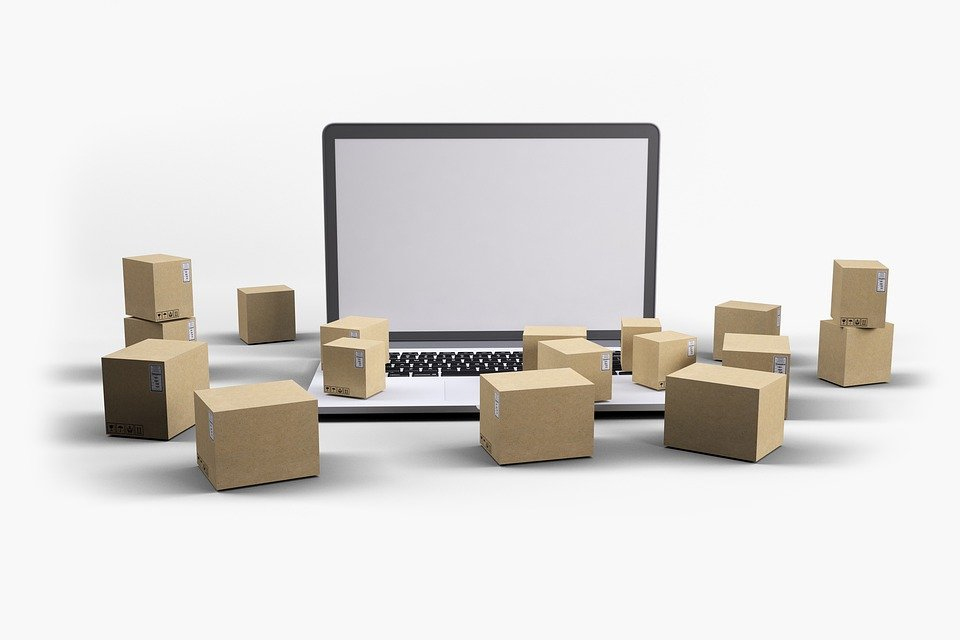The shutting down of physical stores
Whether it was by mandate or out of concern, many food and beverage companies made the decision to completely close down their retail stores or shift to a delivery/pick-up model. In some cases, delivery services became in high demand and drive-through businesses thrived as customers sought contactless options. Some restaurants got creative by selling grocery items and at-home meal kits, while food and beverage wholesalers that normally relied on restaurants began selling direct to consumers.

Increase in demand for packaged foods and beverages.
Especially as the COVID-19 crisis peaked, people sheltered at home and made it a priority to stock up on non-perishable and frozen foods. As such, home cooking increased, and certain items became hard to find.

Supply chain disruptions
One of the reasons for some food and beverage shortages had to do with the fact that some items are sourced from overseas suppliers. Outbreaks of the virus among meat processing plant workers also caused shutdowns or slow-downs in production. Restaurants and grocery stores had to scramble to locate local suppliers, while manufacturers ramped up the production of certain items to keep supply chains moving.

Shift in consumer behavior
Consumers became hyper-aware of cleanliness and began worrying about who was handling their food. As such, anything packaged became more desirable than fresh ingredients, contactless delivery more in demand than having to go into a store.

Trends to Look Out For
As we move through the pandemic, there are some food and beverage industry trends that may be here to stay for the foreseeable future. For starters, public health experts have been warning that a second wave could come around in the fall and winter seasons. As such, it’s more important than ever for businesses to do all they can to anticipate and prepare for future trends in the food and beverage industry. This includes promoting safe practices and cleanliness, as well as evolving with food and beverage market trends. Some of the potential industry changes to prepare for include:

Cashless and contactless payment and services
Many food and beverage companies have been working hard to get on board with protocols that avoid high-touch interactions. Expect to see more e-receipts, tap and go and mobile payment technology, digital menu boards and/or disposable paper menus, and more.

New and improved safety measures
Already, and looking ahead, food and beverage business are putting up plexiglass barriers at checkout counters and partitions between seating areas. Retail stores are limiting the number of shoppers who can be inside at a given time, and six-foot spacing decals are keeping people separated while waiting in a queue. Employers are using temperature checks or even implementing infrared body temperature scans to detect fevers. Eateries are removing seating to comply with limited capacity restrictions. And hand sanitizing stations, masks, and gloves are becoming ubiquitous.

Increase in demand for local food
With consumers more concerned about where their food is coming from, knowing that menus are relying on locally grown and sourced ingredients can make them feel more comfortable.

The age of online delivery
Businesses that didn’t have off-site services are shifting to offer delivery, catering, or pick up in order to make up for the fact that they cannot serve their full capacity on-site. This could also mean the need for menu changes to reflect easier packaging.
Embrace the Future
COVID-19 has drastically changed the food and beverage industry, and only time will tell how far into the future these changes will resonate. In the short-term, consumers still desire food and beverage service, but in the safest way possible.


